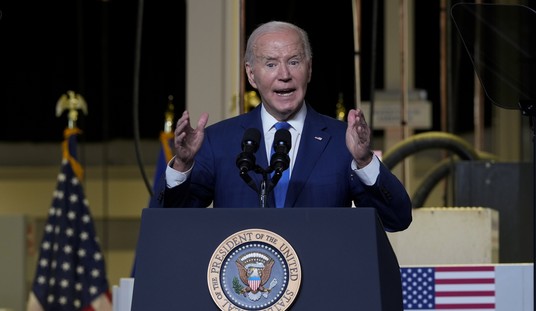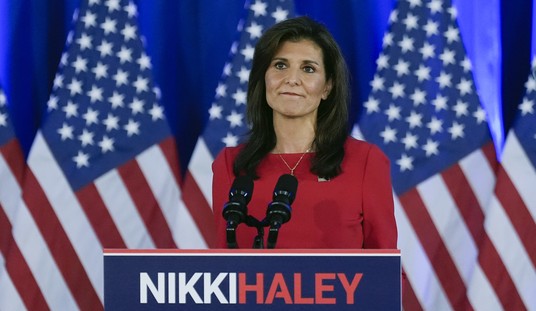A senior Defense Department official said the ban on women in combat should be lifted because the military's goal is "to provide a level, gender-neutral playing field." I'd like to think the goal of the military should be to have the toughest, meanest fighting force possible. But let's look at "gender-neutral playing field."
The Army's physical fitness test in basic training is a three-event physical performance test used to assess endurance. The minimum requirement for 17- to 21-year-old males is 35 pushups, 47 situps and a two-mile run in 16 minutes, 36 seconds or less. For females of the same age, the minimum requirement is 13 pushups, 47 situps and a 19:42 two-mile run. Why the difference in fitness requirements? "USMC Women in the Service Restrictions Review" found that women, on average, have 20 percent lower aerobic power, 40 percent lower muscle strength, 47 percent less lifting strength and 26 percent slower marching speed than men.
William Gregor, professor of social sciences at the Army's Command and General Staff College, reports that in tests of aerobic capacity, the records show, only 74 of 8,385 Reserve Officers' Training Corps women attained the level of the lowest 16 percent of men. The "fight load" -- the gear an infantryman carries on patrol -- is 35 percent of the average man's body weight but 50 percent of the average Army woman's weight. In his examination of physical fitness test results from the ROTC, dating back to 1992, and 74,000 records of male and female commissioned officers, only 2.9 percent of women were able to attain the men's average pushup ability and time in the two-mile run.
In a January report titled "Defense Department 'Diversity' Push for Women in Land Combat" Elaine Donnelly, director of the Center for Military Readiness, points to U.S. Army studies showing that women are twice as likely to suffer injuries and are three times more undeployable than men. Women are less likely to be able to march under load -- 12.4 miles in five hours with an 83-pound assault load -- and to be able to crawl, sprint, negotiate obstacles with that load or move a casualty weighing 165 pounds or more while carrying that load. Plus, there are muscle-challenging feats, even for men, such as field repairs on an M1A1 Abrams tank.
Recommended
Then there's the pregnancy issue, which makes women three to four times as likely as men to be undeployable. And once deployed, they often have to be medically evacuated, leaving units understrength. Finally, there's another difference between men and women rarely considered in deliberation about whether women should be in combat. All measures of physical aggressiveness show that men, maybe because of testosterone levels 10 times higher, are more aggressive, competitive and hostile than women. Those attributes are desirable for combat.
Here are a couple of what-if questions. Suppose a combat unit is retreating in mountainous terrain in Afghanistan, where a person's aerobic capacity really makes a difference, and the women in the unit can't keep up with the men. What would you propose, leaving the women behind to possibly be captured by the Taliban or having the unit slow down so the women can keep up, thereby risking causalities or capture? What if a male soldier is washed out of the Army's Advanced Infantry Training program because he cannot pass its physical fitness test whereas a female soldier who can't perform at his level is retained? Should male soldiers be able to bring suit and be awarded damages for sex discrimination? How much respect can a male soldier have for his female counterpart, who is held to lower performance standards?
There's another issue. The Selective Service System's website has the following message about draft registration: "Even though the Secretary of Defense has decided to allow women in combat jobs, the law has not been changed to include this. Consequently, only men are currently required to register by law with Selective Service during ages 18 thru 25. Women still do not register." How can that, coupled with differences in performance standards, possibly be consistent with the Defense Department's stated agenda "to provide a level, gender-neutral playing field"?

























Join the conversation as a VIP Member